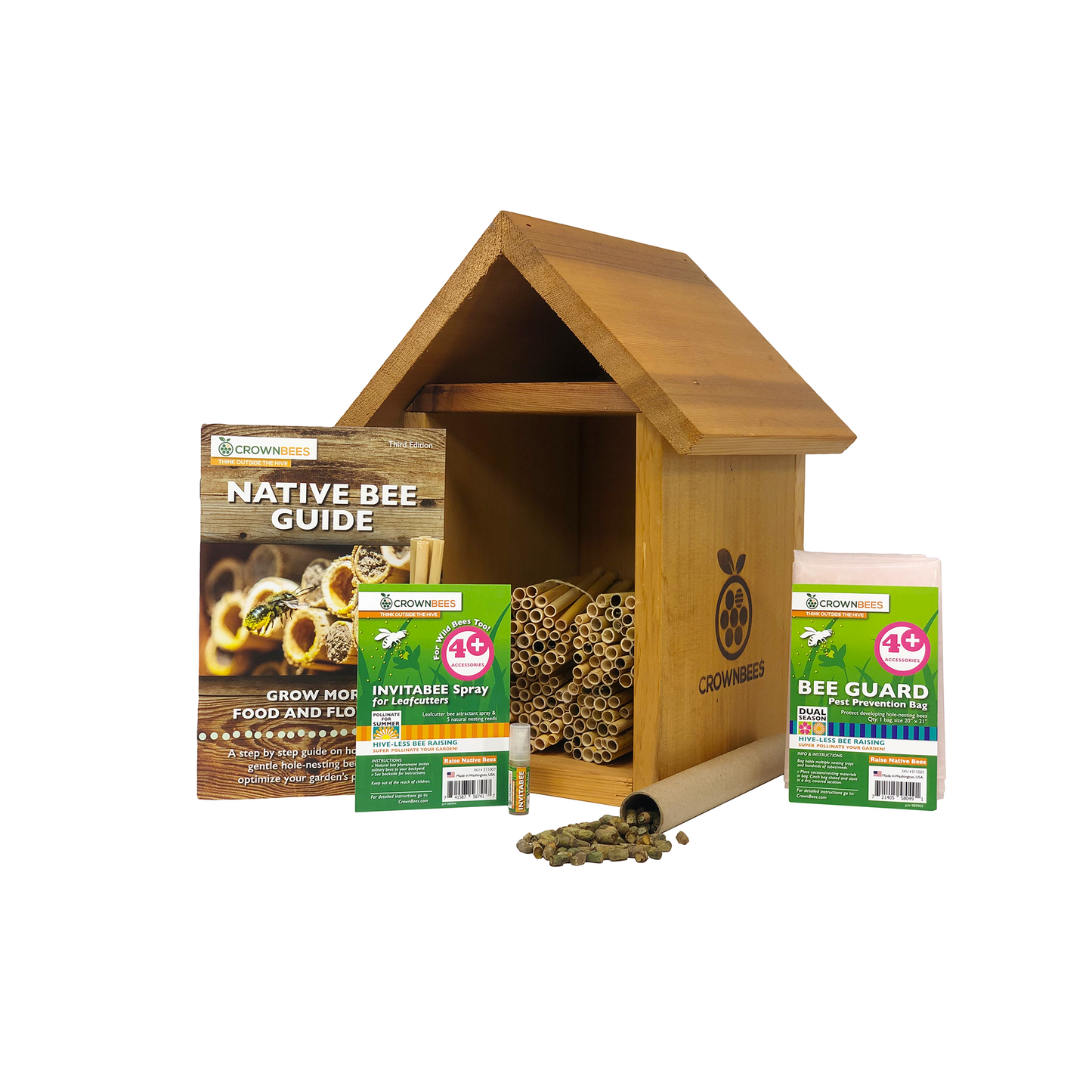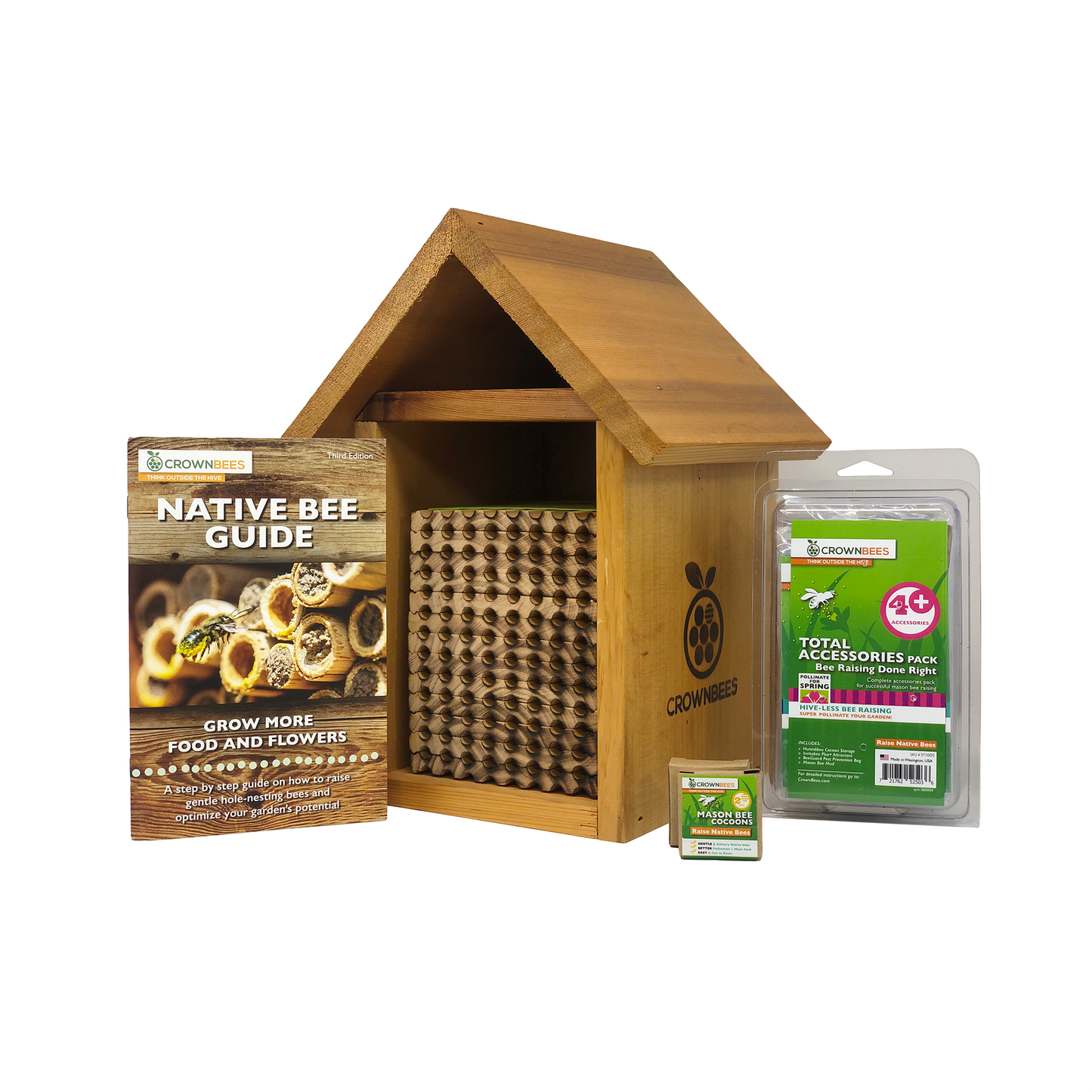
Each month our Bee Informed Blog highlights current news, science, and research related to solitary bee conservation, food insecurity, and sustainability.
1. Common pesticide, Imidacloprid, found to be highly toxic to bees
New research funded by the Southern Sustainable Agriculture Research and Education Program and conducted at the University of Georgia shows that Imidacloprid, a common pesticide applied directly to the soil, has lethal and non-lethal effects on bee populations. This study represents the first attempt to explore soil-based exposure in wild solitary bees. The majority of wild bees either nest in the soil or use it as a material to build their nests. As solitary bees become more prevalent in managed pollinator systems, the potential for accidental exposure becomes larger.
Imidacloprid is manufactured by Bayer Crop Science (part of Bayer AG) and sold under the trade names Kohinor, Admire, Advantage, Gaucho, Merit, Confidor, Hachikusan, Premise, Prothor, and Winner. It's marketed as pest control, seed treatment, insecticide spray, termite control, flea control, and systemic insecticide. To keep safe, avoid using products with Imidacloprid.
Read more about the study in an article written by Ian Bennett, published on the Southern Sustainable Agriculture Research and Education website.

2. New research finds introduced honey bees may pose a threat to native bees.
A Curtin University study has found the introduced European honeybee could lead to native bee population decline or extinction when colonies compete for the same nectar and pollen sources in urban gardens and native vegetation remnants.
Not all native bee species were negatively impacted, but when honeybees and native bees shared the same flower preferences, the honeybees proved more successful at collecting pollen and nectar, not leaving enough floral resources to support native bee populations.
According to a media release published by Curtin University, lead author Kit Prendergast, said planting more flowering plants, particularly those preferred by vulnerable species of native bees, could help prevent them from declining in number. Controlling the density of honeybees would also be critical in reducing the pressure on vulnerable native bees.
The full paper, 'Interactions between the introduced European honey bee and native bees in urban areas varies by year, habitat type, and native bee guild,' is found online.

3. Evaluating Seed Mix Composition for Pollinator Habitat - YouTube Video
Want to plant pollinator habitat? Check out this great video from the Pollinator Friendly Alliance: Evaluating Seed Mix Composition for Pollinator Habitat with Karin Jokela, Farm Bill Pollinator Conservation Planner, Xerces Society at the Best Practices for Pollinators Summit, hosted by Pollinator Friendly Alliance and co-hosted by Xerces Society.



